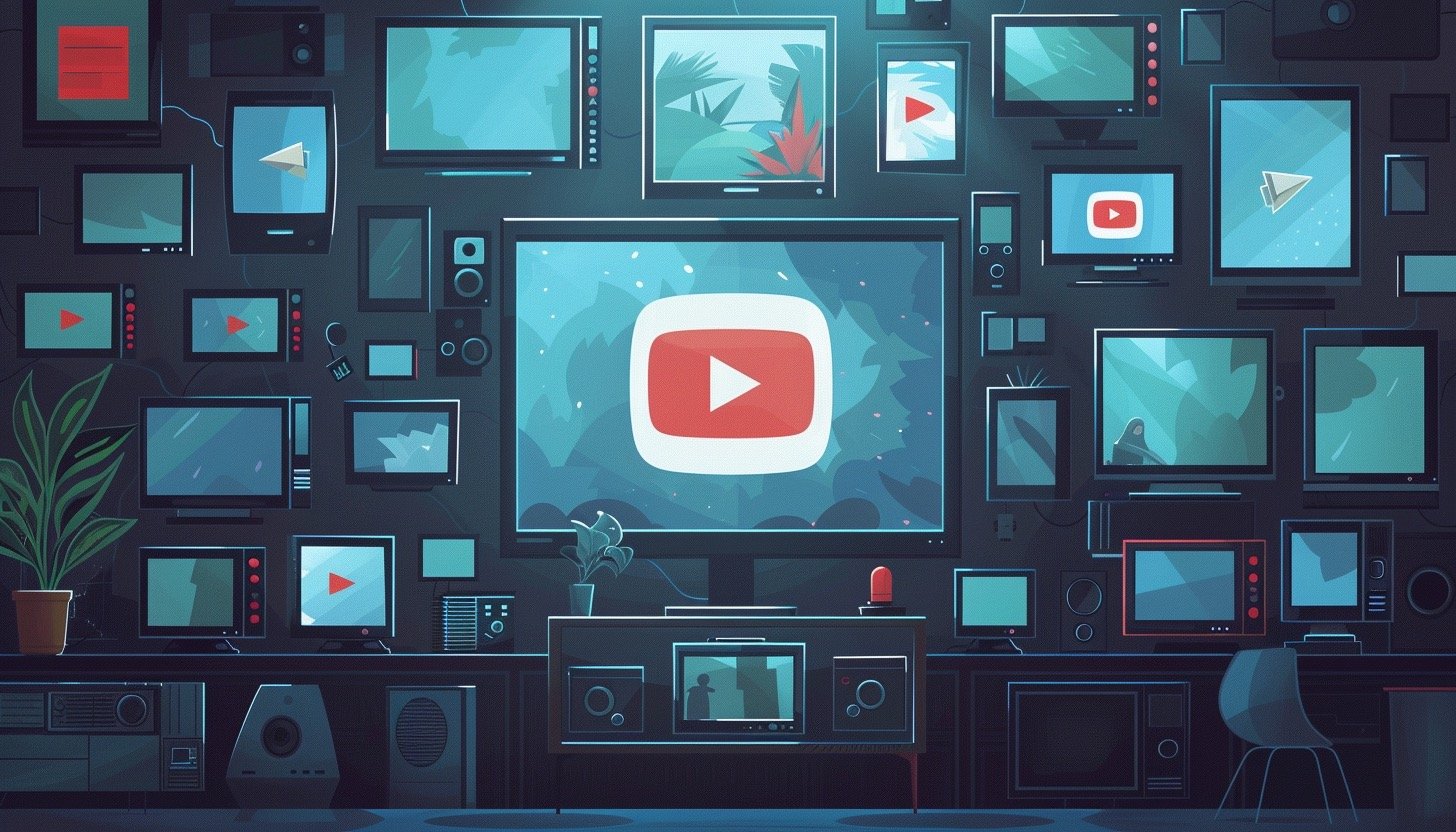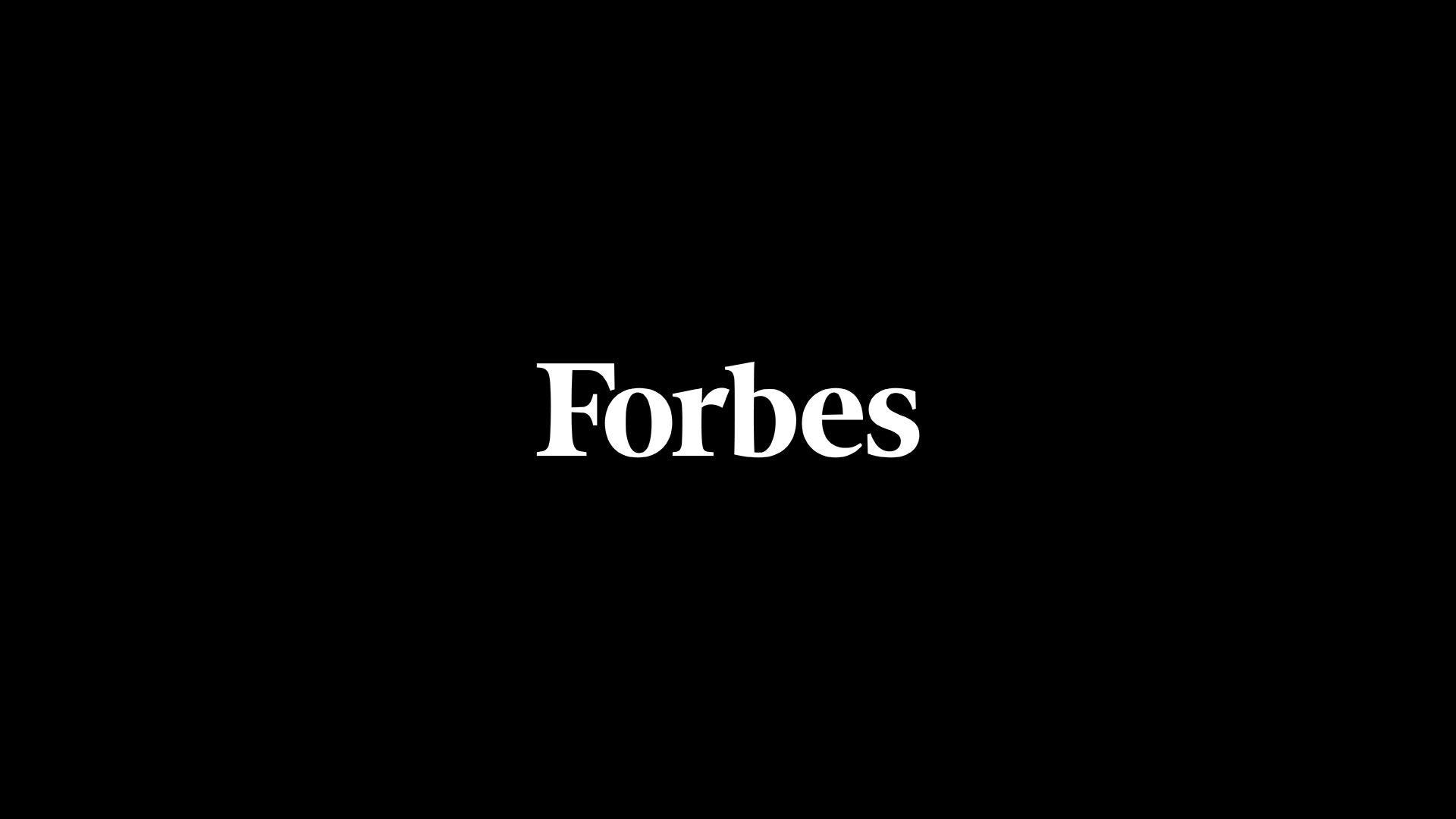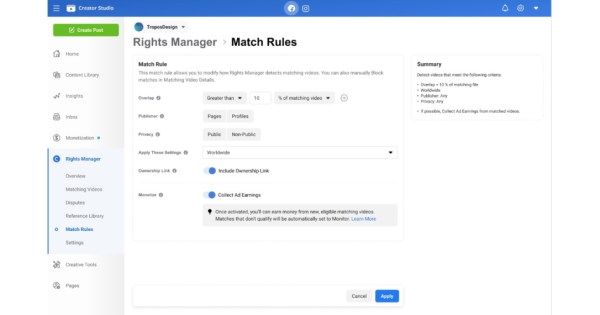YouTube changed Erin Armstrong’s life. The transgender vlogger joined in 2006, posting videos about her transition and connecting with trans people across the globe, building a community that once seemed unimaginable to her.
But last year, the Google-owned video platform started flagging some of her videos as unsuitable to advertisers, costing her much-needed revenue – and this week, the site emailed her even more hurtful news: her channel is now considered too small to be eligible for ads, and under new rules, she will be kicked out of YouTube’s partner program altogether.
“I’m done trying to make content that is going to fit these guidelines, and I’m done being nickeled and dimed constantly,” said Armstrong, a 33-year-old Oakland, California, resident. “They really cater to the people who have the money, the views and the pull, and it’s less about creating and supporting the small communities that come together and share their experiences.”
The new rules came just following YouTube’s decision to allow the popular vlogger Logan Paul to continue to monetize his videos even after he broadcasted an apparent suicide victim’s body. YouTube’s reforms this week are meant to tighten restrictions on ads in the wake of the scandal.
But some see a double standard and fear the new policies could further harm vloggers with smaller audiences and artists who seek ad revenue to support their work. Creators who discuss mental health, disability and LGBT topics in particular have argued that YouTube is failing them, while rewarding creators who produce offensive content.
Erin Armstrong. Photograph: Handout
YouTube, which denies that its systems are biased, has been on the defense for months, accused of spreading misinformation, footage harmful to children, harassing content and other damaging videos. Paul, a 22-year-old celebrity YouTuber with 15 million subscribers, apologized this month after millions watched his video showing a dead body.
It took 10 days for YouTube to respond to the backlash about the video, which remained on the site until Paul took it down. The company announced last week that his channel would be removed from a premium advertising program and that partnership projects were being placed on hold. But Paul, who is known for viral pranks, is still eligible to earn money through YouTube’s general ad program.
This is in contrast to vloggers who said it seemed that YouTube’s system was automatically deeming them unsuitable to advertisers simply because of their identities, and placing the burden on them to appeal their case.
The comedian Gaby Dunn said YouTube’s system often seemed to flag her LGBT content as “not suitable for all advertisers”, but did not restrict sketches depicting straight couples.
“It really gives a big middle finger to what YouTube is supposed to be,” said Dunn, who is bisexual, alleging that sketches in which she makes out with men and appears in her underwear were deemed ad-friendly while videos where she kisses women or discusses queer dating were restricted.
Dunn said YouTube’s ad policies had hurt “the ones who need to be monetized most” – people with specific fanbases, such as trans and nonbinary people or those who discuss mental illnesses or disabilities. “It’s turning YouTube into a mirror of traditional media, which it tries to say that it’s not.”
A YouTube spokesperson said in a statement: “YouTube has long supported LGBTQ creators and we do not have any policies or LGBT related words that trigger demonetization,” adding: “Sometimes our systems get it wrong, which is why we’ve encouraged creators to appeal.”
The spokesperson said that Dunn’s videos that had been flagged were only partially demonetized from certain advertisers and said that two videos were fixed this week after a review prompted by the Guardian’s inquiry.
Gaby Dunn said YouTube’s ad policies had hurt ‘the ones who need to be monetized most’. Photograph: Robin Roemer
Armstrong, however, said her ad revenue had dropped from about $180 a month at its peak to as little as $30, eventually leading her to give up her efforts to monetize her channel. On Tuesday, YouTube said her channel would “lose access to all monetization tools”. YouTube wrote in a blogpost that it would “better protect creators” and stop “bad actors” by raising standards for ad eligibility, requiring channels to have 4,000 hours of views within the past year and 1,000 subscribers.
Armstrong has nearly 12,000 subscribers, but only about 3,400 hours of views in 12 months, meaning she is being kicked out of the ad program.
“It feels like I’m getting punished for other people’s mistakes,” she said, adding that the changes encouraged “shock and awe” videos and not the authentic LGBT content that can help people struggling with their identities.
YouTube claimed that 99% of channels that would be demonetized under the new policy were already making less than $100 a year.
This week’s reforms, which also include new requirements for human reviews of popular channels, would not have stopped Paul’s dead body video.
Kackie Condatore, a Texas-based YouTuber who vlogs about cosmetology and has 2,000 subscribers, said she had been frustrated that her videos about body positivity, her health struggles, birth control and other serious topics have been deemed unsuitable for ads.
Noting that her makeup videos have been monetized, but mental health discussions are flagged, she said: “It does feel like YouTube makes a point to discourage that kind of content.”
Lily Harvey, a British vlogger who discusses mental health, said her content was meant to help people and that it was upsetting to see YouTube demonetize those videos while appearing to continue to support Paul: “They make a lot of money from him. They are a business at the end of the day, and that’s how they think.”









